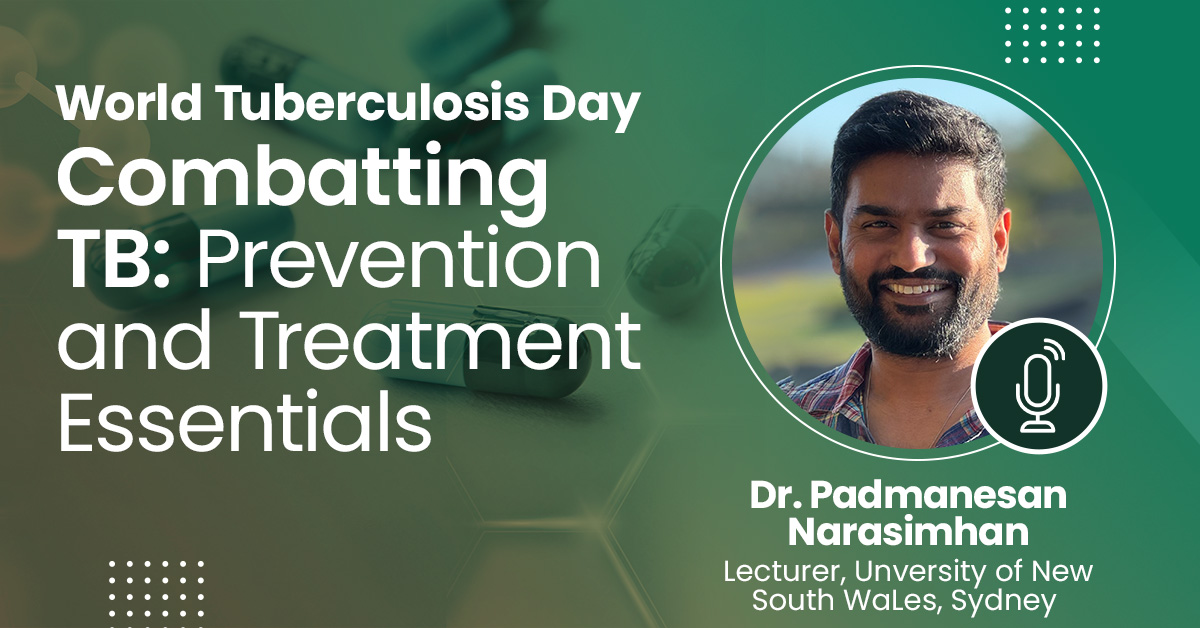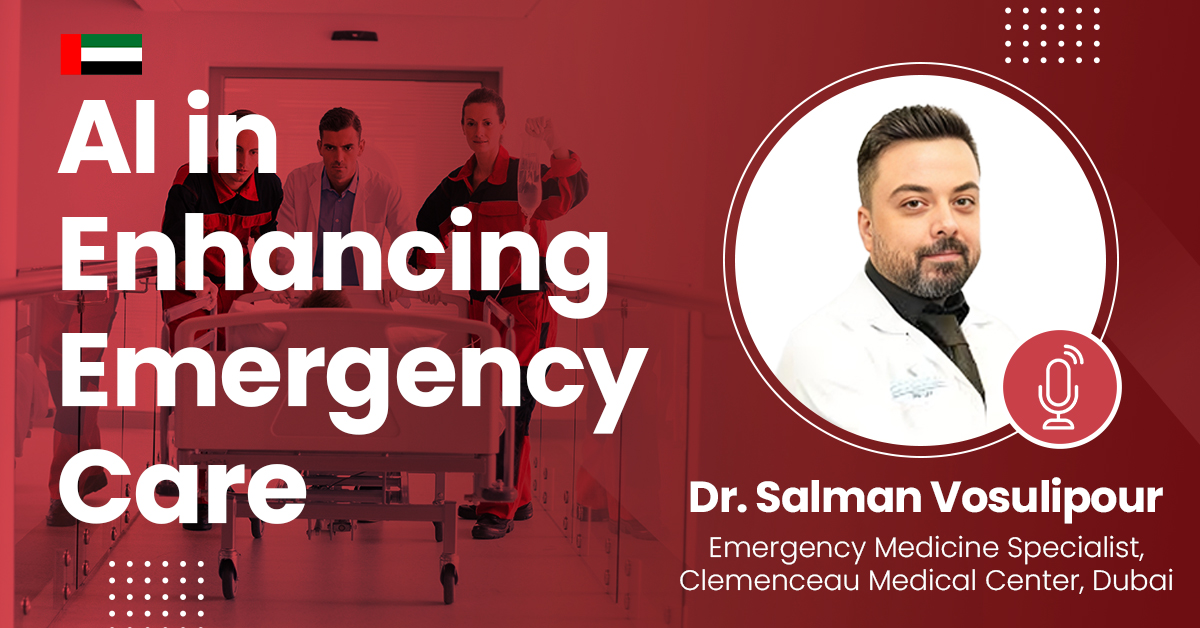- 100k views
Combatting TB: Prevention and Treatment Essentials
Combatting tuberculosis (TB) requires a multifaceted approach that includes both prevention and treatment strategies to effectively control the spread of the disease. Prevention efforts focus on identifying and treating latent TB infection, as well as implementing measures to reduce transmission in high-risk populations. Vaccination with the Bacillus Calmette-Guérin (BCG) vaccine in childhood is a key preventive measure, although its efficacy varies in different populations. Screening for TB infection through tuberculin skin tests or interferon-gamma release assays helps identify individuals at risk of developing active TB. Treatment of active TB involves a combination of antibiotics for an extended period, typically six to nine months, to ensure complete eradication of the bacteria. Directly Observed Therapy (DOT) programs help ensure medication adherence and reduce the risk of drug resistance. Drug-resistant TB strains pose a significant challenge, requiring specialized treatment regimens with second-line antibiotics and close monitoring.
About the Speaker

Dr. Padmanesan Narasimhan
Digital Health Roster of Experts at World Health Organization, Lecturer School of Public Health & Community Medicine, UNSW, Australia.
Dr. Padma Narasimhan is a Clinician and Lecturer at the School of Public Health. He started his career as a medical doctor in India for an Infectious disease clinic. He completed the Fogarty Ellison Clinical Research Fellowship at National Institutes of Health, USA in 2006 and moved to Australia . Dr. Padma Narasimhan was awarded the UNSW-University International Postgraduate Scholarship for a PhD at the School.
Upcoming Case Discussions
Acne: Disorders and Treatment Approaches
Acne is a common dermatological condition caused by clogged pores, excess sebum production, bacterial growth, and inflammation. It can manifest as blackheads, whiteheads, papules, pustules, or cysts, often leading to scarring if untreated. Various factors, including hormonal changes, diet, stress, and genetics, influence its severity. Treatment approaches range from topical and oral medications, such as retinoids, antibiotics, and hormonal therapy, to advanced procedures like chemical peels and laser therapy. A personalized skincare regimen, along with lifestyle modifications, plays a crucial role in managing and preventing acne.
Molecular and Genetic studies in Gynaecological Malignancies
Molecular and genetic studies in gynecological malignancies have revolutionized diagnostics, prognostics, and targeted therapies. Advances in genomic sequencing have identified key mutations in ovarian (BRCA1/2, TP53), endometrial (PTEN, MSI), and cervical cancers (HPV integration, PIK3CA). These findings aid in precision medicine, guiding individualized treatments like PARP inhibitors for BRCA-mutated ovarian cancer. Epigenetic modifications, including DNA methylation and miRNA regulation, further influence tumor progression and therapeutic response. Emerging technologies like liquid biopsies and multi-omics approaches enhance early detection and monitoring. Understanding these molecular pathways is crucial for developing novel therapies and improving survival outcomes in gynecological malignancies.
AI in Enhancing Emergency Care
AI is revolutionizing emergency care by enabling faster, more accurate decision-making. It helps triage patients efficiently, analyze medical data in real-time, and predict outcomes based on historical data, which can prioritize critical cases. AI-powered tools, like diagnostic imaging analysis and predictive algorithms, assist doctors in identifying conditions such as strokes or heart attacks earlier, improving survival rates. Additionally, AI enhances resource allocation and staff management in emergency departments, optimizing response times and reducing workload for healthcare providers.
Management of Postoperative Pain: Best Practices for GP’s
Effective management of postoperative pain is crucial for promoting recovery and preventing complications. General practitioners should start by assessing pain severity using appropriate scales, then tailor the treatment plan based on the patient's medical history and the type of surgery. A combination of pharmacological approaches, such as non-opioid analgesics (e.g., NSAIDs) and opioids when necessary, should be used to minimize pain while reducing the risk of addiction. Multimodal strategies, including physical therapy and non-pharmacological techniques like cold therapy or mindfulness, can further enhance pain relief. Close follow-up is essential to adjust the treatment as needed and ensure the patient's pain is well-controlled.







